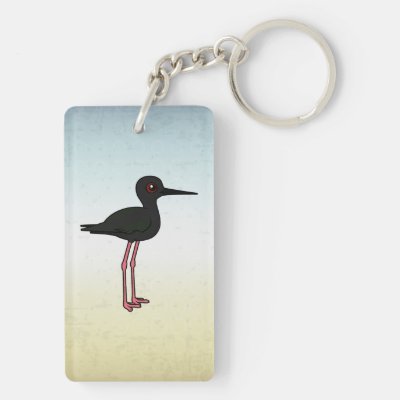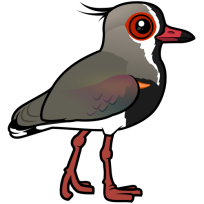The Black Stilt, called Kakī in Māori, is one of the rarest wading birds in the world, endemic to New Zealand. This bird is easily identified by its entirely black plumage and long, pinkish-red legs. Its slender, straight bill is perfectly adapted for foraging in shallow waters.
Black Stilts primarily feed on aquatic insects, small fish, and crustaceans, using their keen eyesight and quick movements to catch prey. Their foraging techniques include wading through shallow water and upturning stones, and pecking or probing the bottom layer; they are also known to forage in fields.
The breeding habitat of the Black Stilt is typically braided river systems in the South Island of New Zealand, where they nest on gravel banks and islands. These environments provide the necessary isolation and protection from predators.
The Black Stilt is critically endangered, with threats including habitat destruction, predation by introduced species, and environmental changes. The species is highly managed by the New Zealand Department of Conservation, captive breeding birds and providing incubation of most eggs. Efforts are also in place to protect and restore their population, involving habitat management, predator control, and captive breeding programs.
Brazilian (Português brasileiro)
Pernilongo-da-nova-zelândia
クロセイタカシギ [kuroseitakashigi]
Новозеландский ходулочник






































